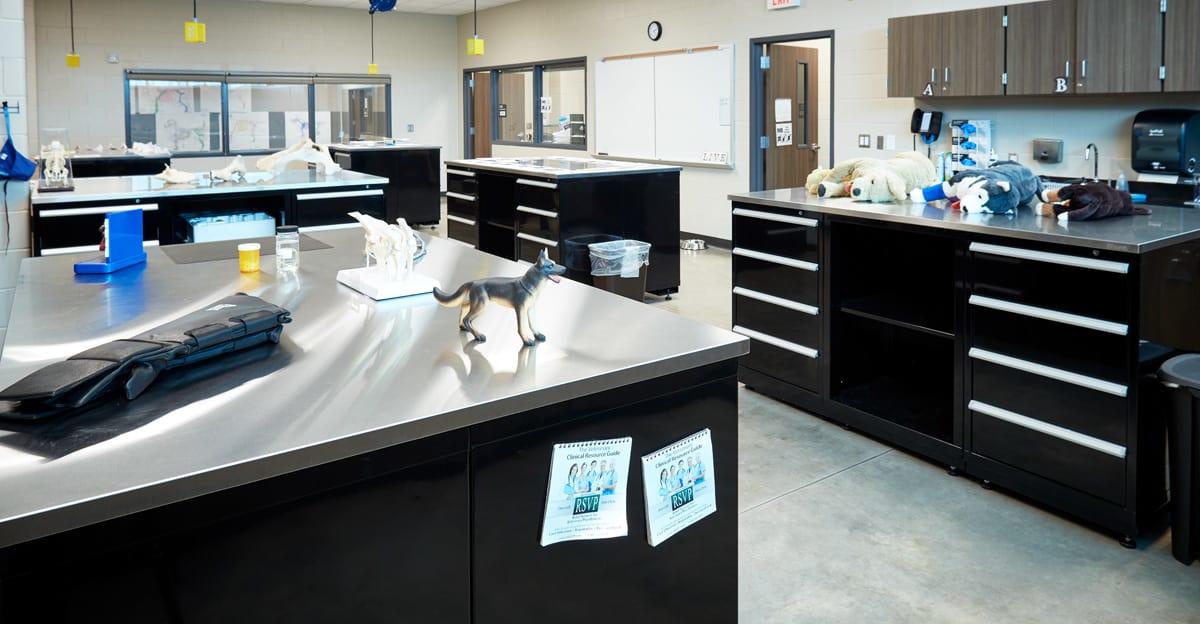The costs of furnishing and equipping learning spaces for career and technical education (CTE) with cutting-edge tools and materials can add up quickly. The good news is, there are many possible funding sources that can help. Here are some sources to explore.
Perkins grants
The Carl D. Perkins Career and Technical Education Improvement Act is a federal program that provides more than $1 billion for states to distribute in support of CTE programs. States allocate the grants to secondary schools and postsecondary institutions, with each state using its own formula for distributing the money.
To find your state’s Perkins Grant application, go to your state’s department of education website, find the Career and Technical Education section, and search for the Perkins Grant application. The U.S. Department of Education’s Office of Career, Technical, and Adult Education publishes additional information through its Perkins Collaborative Resource Network.
Title IV, Part A (Student Support and Academic Enrichment) grants
Like Perkins grants, Title IV, Part A funding is distributed to states in the form of block grants, and states pass along the funds to local school systems. School systems can use these grants to give all students access to a well-rounded education; improve school climate, safety, and conditions for learning; and support the effective use of technology to boost achievement. Look for more information on your state education department website.
Private and community foundation grants

Federal grants are just one of many potential funding sources you can use to support the creation of CTE learning spaces. Don’t overlook state, corporate, and private foundation grants as well. The nonprofit Foundation Center maintains an online directory of foundations in the United States and around the world; look for programs that support career education goals in particular.
Local bond campaigns
School bond referendums can provide much-needed resources to equip schools with modern learning environments, including spaces and equipment for CTE instruction. The key to passing a successful bond measure is making sure the community understands why you needed the money — and how students will benefit.
Behind every successful school bond campaign is a smart communication plan. This involves listening to stakeholders, using multiple channels to get your message across, and engaging the community in a two-way conversation about your proposal.
Community partnerships
Partnerships with local industries are essential for CTE success. Businesses are looking to your students for their future workforce, and they have a vested interest in helping to create robust CTE programs that train students for a career in their field.
These partnerships will often include some kind of financial or in-kind assistance, such as grants or equipment donations. But even if local employers aren’t in a position to help you financially, they can still serve as invaluable resources. For instance, executives might serve on steering or advisory committees, volunteer to teach lessons, or provide students with internship or mentorship opportunities.
For more information about creating modern leaning spaces that effectively support CTE instruction, download our FREE guide, “How to Create Effective CTE Learning Spaces” today.
Download the Free Guide





Leave a Reply